
Unlocking the Thrills of Shortboarding: A Comprehensive Guide to Shortboards
Surfing, a sport rooted in the art of wave riding, has undergone significant transformations over the years. Among the diverse array of surfboard types, the shortboard stands out as an icon of high-performance surfing. In this comprehensive guide, we delve into the world of shortboards, exploring their characteristics, history, and the exhilarating experience they offer surfers.
What is a Shortboard?
A shortboard is a type of surfboard characterized by its relatively short length, typically measuring less than 7 feet. Designed for quick turns, speed, and maneuverability, shortboards have become synonymous with the high-performance end of the surfing spectrum.
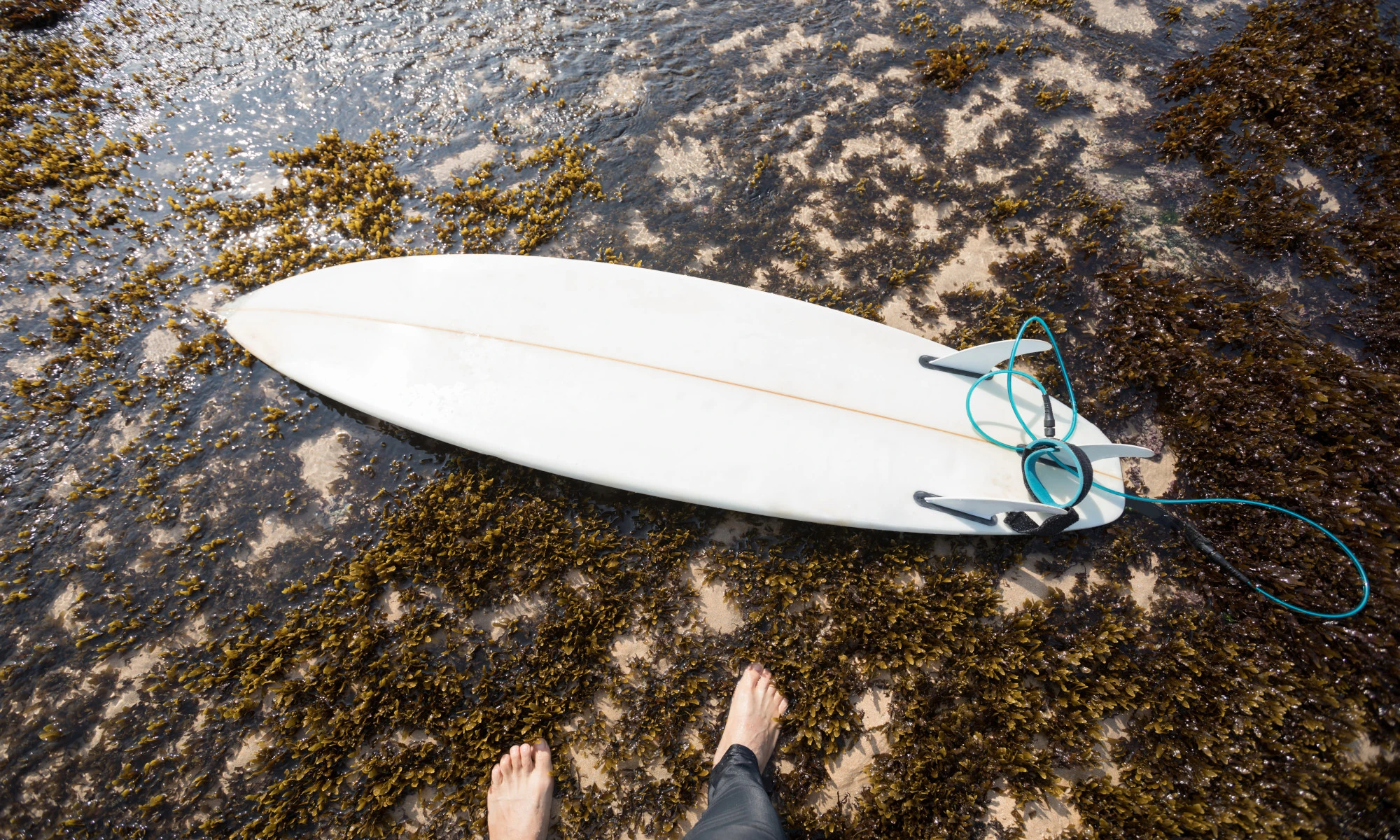
Characteristics of Shortboards
- Length: Shortboards are known for their compact size, allowing surfers to navigate waves with agility and precision.
- Shape: Sleek and narrow, shortboards feature a pointed nose and a narrower tail, contributing to their responsiveness.
- Rocker: Shortboards often have a moderate-to-pronounced rocker, facilitating quick turns and responsiveness on the face of the wave.
Fins: They typically have a tri-fin setup, though variations include quad and other configurations to enhance performance.
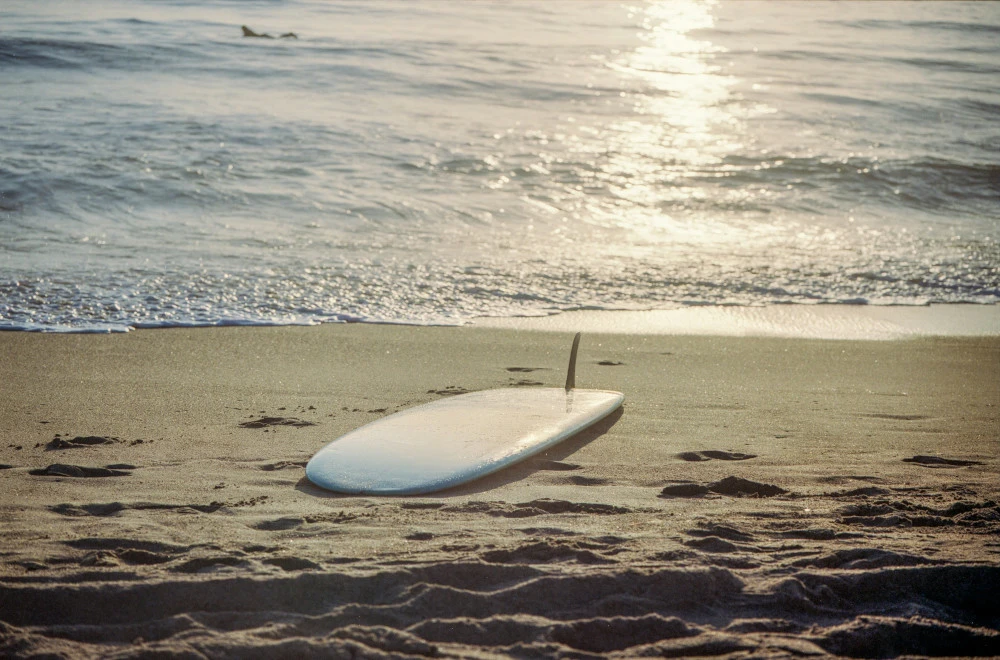
The Purpose of Shortboards
Shortboards are purpose-built for dynamic, powerful waves. They excel in conditions where surfers need to navigate steep drops and execute rapid maneuvers. These boards are favored by advanced and professional surfers for their ability to handle challenging waves and deliver an adrenaline-pumping ride.
Maneuverability and Performance
The defining feature of shortboards is their unparalleled maneuverability. Surfing on a shortboard allows for quick turns, snappy maneuvers, and the potential for impressive aerial tricks. The responsiveness of these boards opens up new possibilities for surfers to explore the full spectrum of wave-riding experiences.
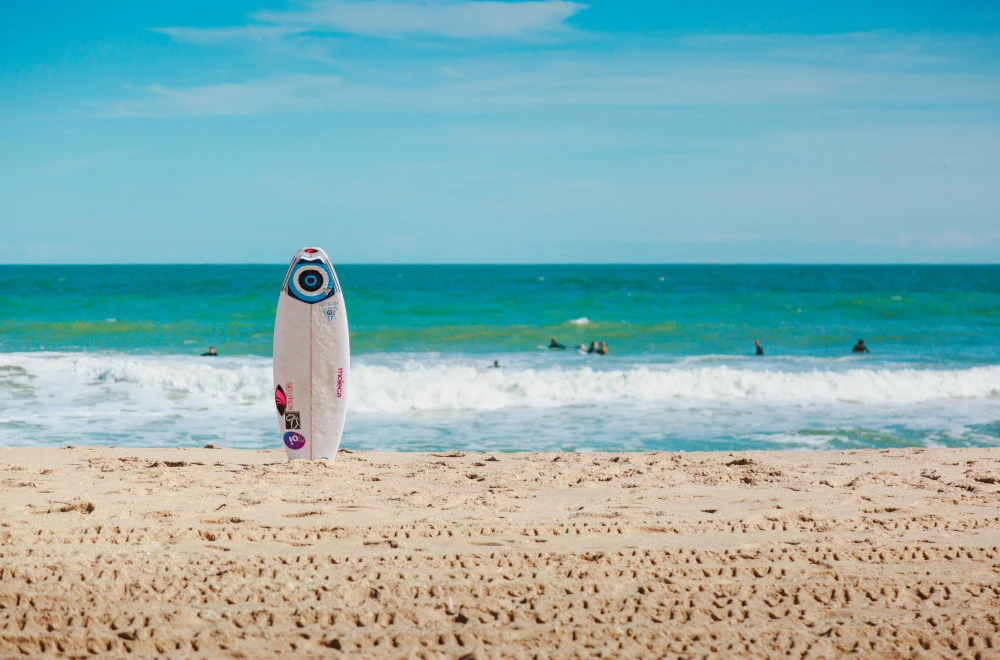
Construction of Shortboards
Understanding the construction of shortboards provides insights into their performance capabilities. Modern shortboards are crafted using a combination of lightweight materials to ensure strength, durability, and optimal performance.
Materials Used
- Foam Core: Shortboards typically have a foam core that provides buoyancy and contributes to their lightweight nature.
- Fiberglass: The foam core is reinforced with layers of fiberglass, adding strength and flexibility to the board.
- Resin: Epoxy or polyester resin is applied to the fiberglass layers to create a protective and smooth outer surface.
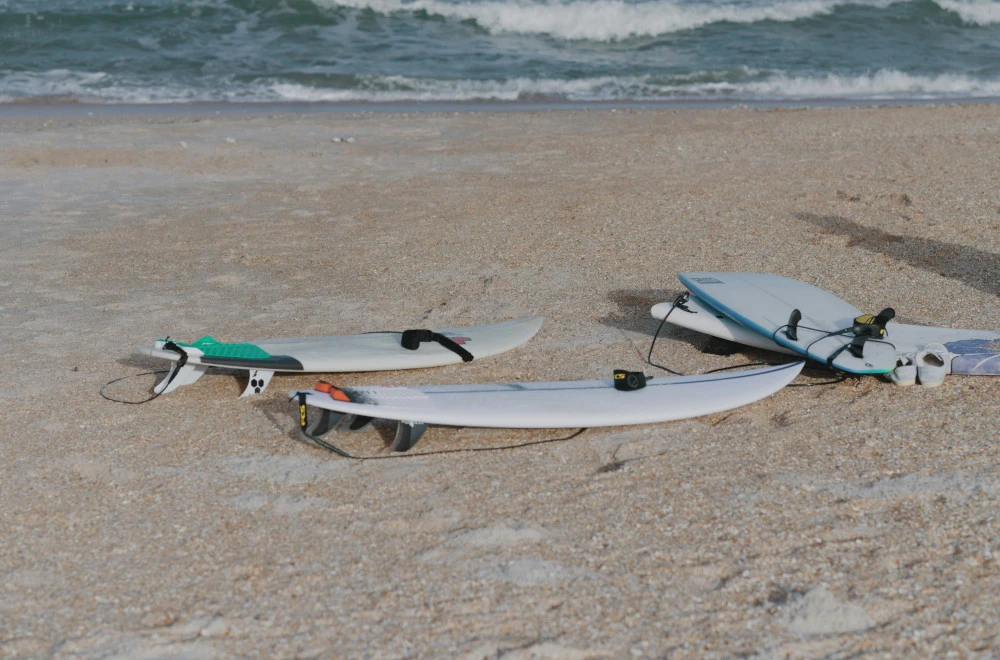
Technological Advancements
Recent years have seen advancements in surfboard construction technology. Shapers now experiment with carbon fiber and other advanced materials to enhance the strength-to-weight ratio, allowing for even greater performance and responsiveness.
The History of Shortboards
To truly appreciate the significance of shortboards, one must explore their evolutionary journey. The transition from longboards to shortboards marked a pivotal moment in the history of surfing.
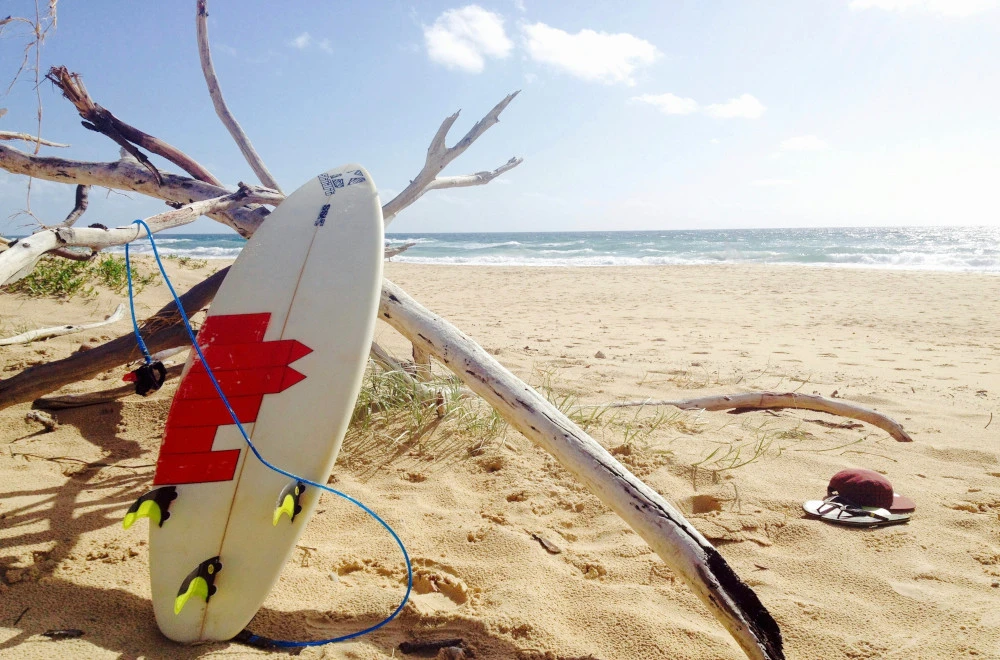
Transition from Longboards
Surfboards in the mid-20th century were predominantly long, heavy, and stable, often exceeding 9 feet in length. However, surfers began to seek increased maneuverability and the ability to ride steeper, faster waves.
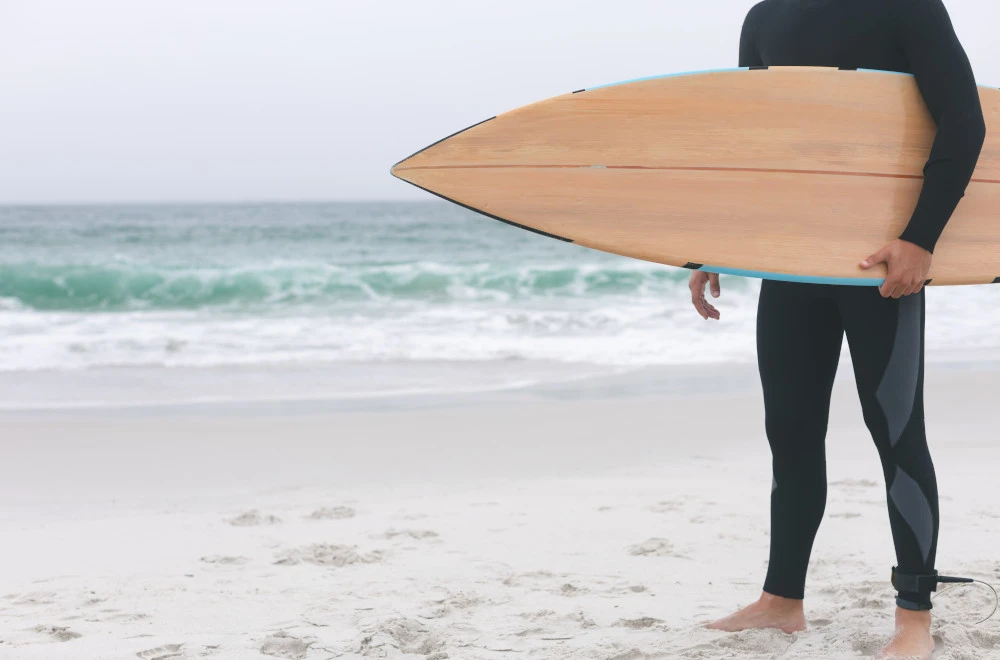
Shortboard Revolution (1960s–1970s)
The shortboard revolution, credited to Australian and Californian surfers in the late 1960s, brought about radical changes in surfboard design. Visionaries like Bob McTavish, Nat Young, Dick Brewer, and Bob Simmons played crucial roles in experimenting with shorter, lighter boards.
Innovations in Design
Shapers explored various design elements during this period, including rocker, rail shape, and fin setup. The transition from single-fin to multi-fin setups, such as tri-fin and quad configurations, significantly impacted the performance and capabilities of shortboards.
Performance Improvements
Shortboards allowed surfers to ride more critical sections of waves, perform radical turns, and explore aerial maneuvers. The increased maneuverability opened up new possibilities for surfing in different wave conditions, and the sport saw a surge in progressive and dynamic styles.
Modern Shortboards
Today, shortboards continue to evolve with advancements in materials, shaping technology, and the integration of computer-aided design (CAD). These boards remain the preferred choice for professional surfers in competitions, showcasing their high-performance capabilities and pushing the boundaries of what is possible in the waves.
Shortboarding Today: Riding the Wave of Evolution
As we look at shortboarding today, it’s evident that the legacy of the shortboard revolution persists. Surfers of all skill levels continue to embrace the exhilaration that shortboards bring to their wave-riding experiences.
Diverse Designs for Varied Preferences
Shortboards come in various designs to cater to different preferences and surfing styles. From the sleek and minimalist shortboards favored by professional surfers to user-friendly models for those new to the sport, there’s a shortboard for every wave rider.
Influential Brands and Shapers
Prominent surfboard manufacturers and shapers contribute to the ongoing evolution of shortboards. Brands like Channel Islands, Firewire, and Lost Surfboards, along with influential shapers like Al Merrick, continue to shape the landscape of shortboarding with innovative designs and technology.
Shortboarding Events and Competitions
Shortboarding features prominently in professional surfing events and competitions worldwide. The agility and speed of shortboards add an electrifying element to contests, where surfers showcase their skills in carving, aerials, and barrel riding.
Choosing the Right Shortboard for You
For those eager to join the ranks of shortboard enthusiasts, selecting the right board is crucial. Factors such as skill level, wave conditions, and personal preferences all play a role in finding the perfect match.
Considerations When Choosing a Shortboard
- Skill Level: Beginners may benefit from user-friendly shortboards with additional volume for stability, while advanced surfers may opt for high-performance models.
- Wave Conditions: Match the characteristics of the shortboard to the wave conditions you most frequently encounter, whether it’s small, mushy waves or large, powerful surf.
- Volume and Dimensions: Pay attention to the volume and dimensions of the board, as these factors influence stability, paddling ability, and overall performance.
Seeking Professional Advice
If uncertain, seeking advice from experienced surf shop staff or consulting with a reputable shaper can guide you towards the ideal shortboard for your needs. Customization is also an option, allowing you to tailor the board to your specific preferences.
Conclusion
Shortboarding is more than a surfing style; it’s a dynamic and thrilling way to experience the power of the ocean. From their historic roots in the shortboard revolution to the cutting-edge designs of today, shortboards continue to shape the trajectory of surfing. Whether you’re a seasoned pro or a novice eager to embrace the challenge, the shortboard beckons, promising an exhilarating ride on the waves. As surfers around the world embrace the legacy of the shortboard, the spirit of innovation and progression remains alive and well, ensuring that the future of shortboarding holds even greater adventures on the horizon.



